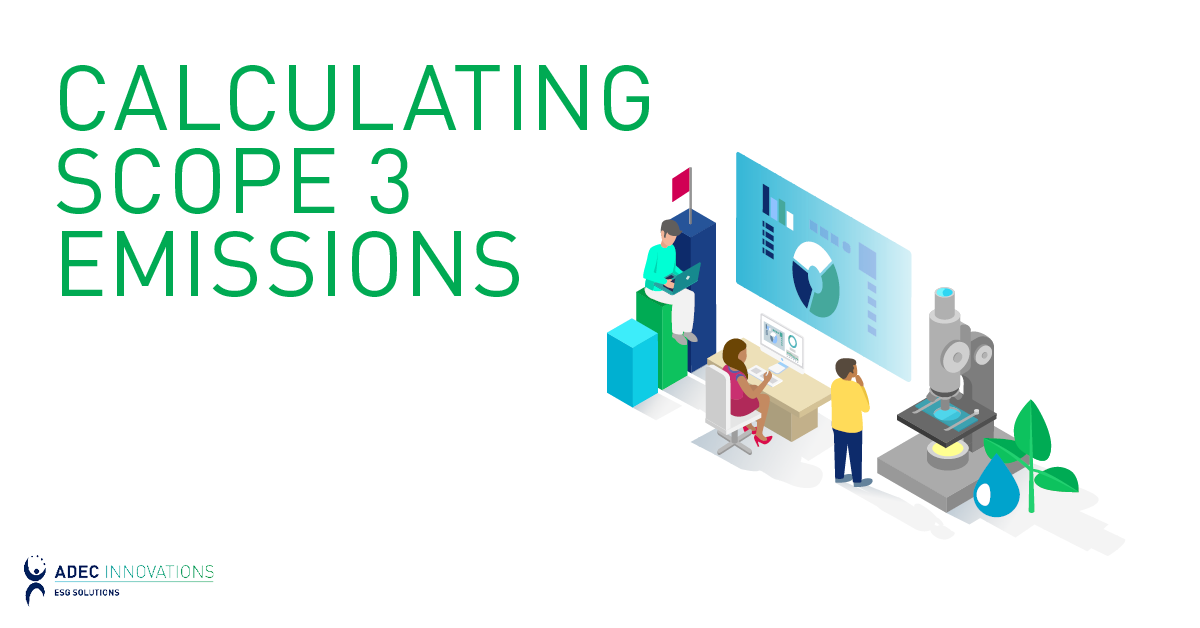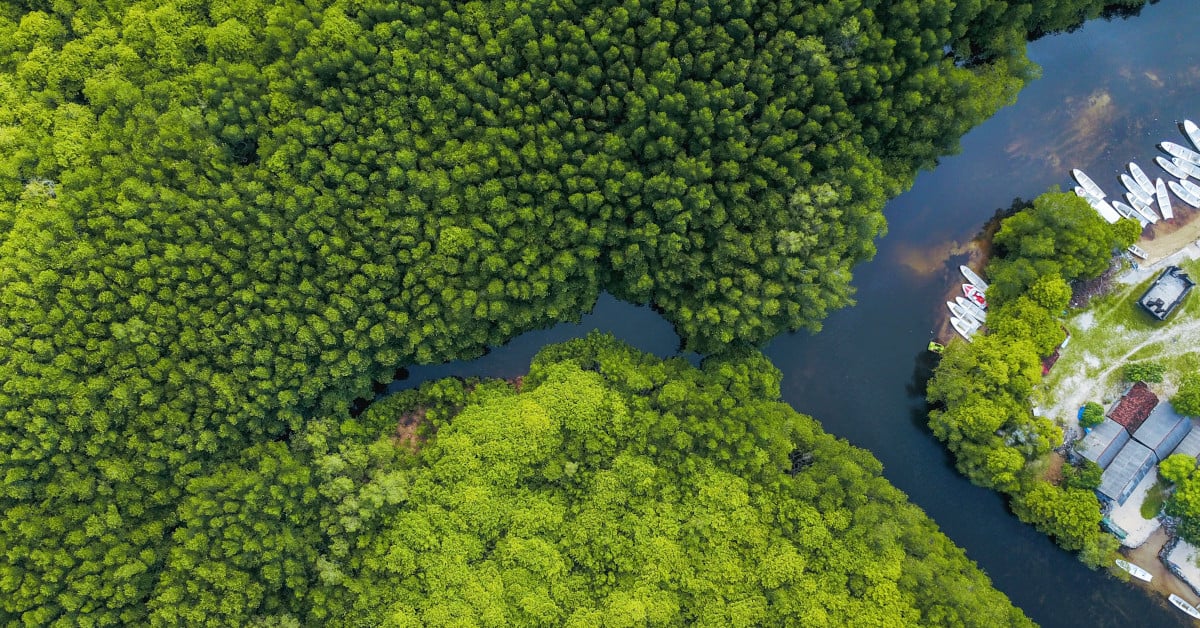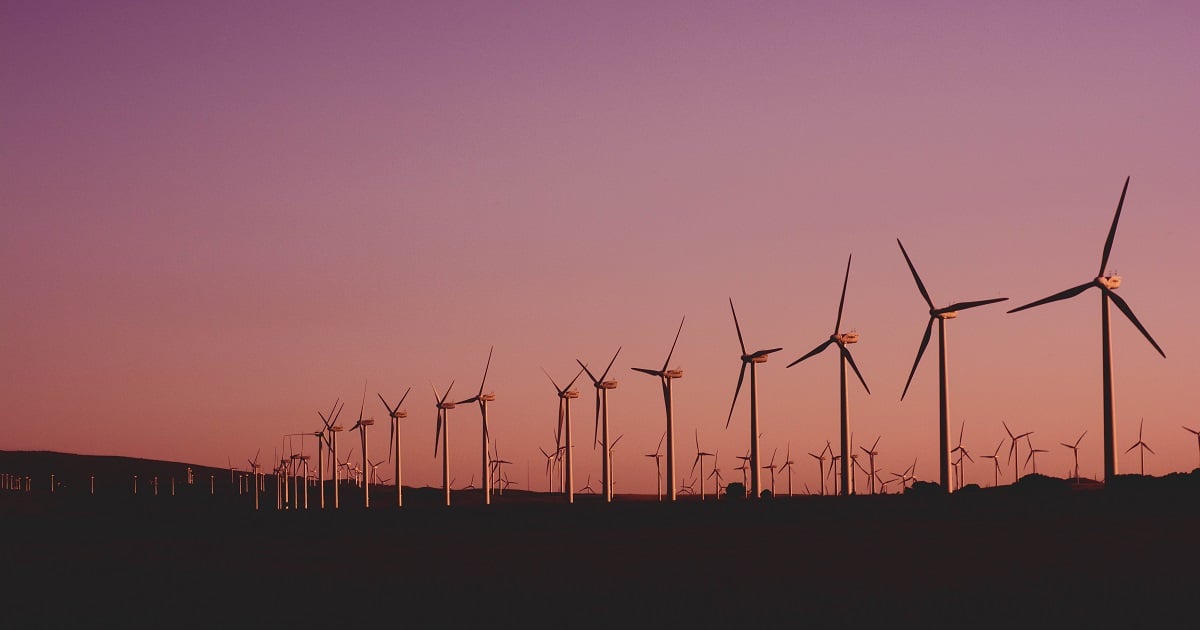How Google Earth Promotes Environmental Protection in Near Real-Time
For many years, Google Earth has allowed anyone with a fast internet connection to explore the world from their desk without having to step on a plane. A scroll of the mouse lets you zoom and glide over stitched together satellite photos of the world. With improvements to the technology that allow users to view the world in near-real time, people have found creative ways to use it for various purposes.

By Ben Wilde
September 30, 2015
 For many years, Google Earth has allowed anyone with a fast internet connection to explore the world from their desk without having to step on a plane. A scroll of the mouse lets you zoom and glide over stitched together satellite photos of the world. With improvements to the technology that allow users to view the world in near-real time, people have found creative ways to use it for various purposes.
For many years, Google Earth has allowed anyone with a fast internet connection to explore the world from their desk without having to step on a plane. A scroll of the mouse lets you zoom and glide over stitched together satellite photos of the world. With improvements to the technology that allow users to view the world in near-real time, people have found creative ways to use it for various purposes.
Prior to the 1970s, satellite technology belonged exclusively to the military, government officials and specialized scientists. In 1972, NASA launched Landsat, the first non-weather satellite for civilian use. Landsat monitored changes taking place on the planet’s surface, from agricultural changes to desertification. Since then, a wide variety of increasingly sophisticated satellites have been created and launched to monitor a host of planetary activities.
Following are examples of how Google Earth is used for environmental protection:
Global Forest Watch
Global Forest Watch (GFW) is an online transparent mapping application that provides access to timely and reliable information about forests. It was developed by the World Resources Institute and more than 40 partners (including Google), and was launched on February 20, 2014. GFW is a combination of satellite technology, open data and crowd sourcing. These tools ensure that GFW will empower people everywhere to better manage the world’s forests.
LiDAR
Light detection and ranging (LiDAR) is a remote sensing technology that offers high-resolution topographic data. Unlike other forms of remote sensing technology, it penetrates clouds and forest canopy. Brazil uses LiDAR to track deforestation.
Ocean in Google Earth
Ocean in Google Earth is a joint project by Google Earth and the National Oceanic and Atmospheric Administration (NOAA). Launched on February 2, 2009, Ocean in Google Earth allows Internet users to virtually dive into the world’s oceans. It displays information such as marine protected areas, weather patterns, temperatures, coral reefs and algal blooms. Ocean in Google Earth is an informative and efficient tool that can help stakeholders (fisherfolk, environmental groups, consumers, etc.) monitor water pollution in the world’s oceans.
Global Fishing Watch
Global Fishing Watch was developed by Google Earth, non-profit digital mapping organization SkyTruth and marine life advocacy group Oceana. It is a platform that identifies the location of fishing boats on a map, using data from ships’ automatic identification system (AIS). By doing so, Global Fishing Watch is able to regularly alert governments and the general public about global fishing activity, preventing illegal fishing in the process. Moreover, shipping companies can use the data provided by Global Fishing Watch to prevent collisions and other sea hazards.
Tribal Protection
Experts are now using Google Earth to study the tribes of the Amazon Rainforest safely and remotely. Scientists from the University of Missouri and the University of New Mexico were able to determine the population of an isolated tribe living in the Brazil-Peru border using Google Earth imagery from 2006. Google Earth’s satellite images can also be used to protect the Amazon Rainforest’s tribes from threats such as development aggression, illegal mining and human trafficking.
FirstCarbon Solutions (FCS), an ADEC Organization, is a leading sustainability solutions provider with expertise in software and data management solutions. We provide solutions for incorporating mitigation strategies into your business agenda with cost-effective environmental and sustainability management software solutions. To learn more about innovative solutions, review this article from our monthly newsletter, GreenWatch.
Related Articles
Environmental Data Management, Natural Resources Management, Carbon Management, LEED, Sustainability, Innovation, Energy
By Tyanna Bui on November 2, 2021
Carbon Management | GHG Emissions
By Megan Crawford on November 19, 2019
Natural Resources Management | FCS | Forests
By Luis Navarro on January 29, 2019
Environmental Data Management | Environmental Planning | Supply Chain | CDP | Business Strategy | FCS | Sustainability data | ESG
Be a sustainability leader.
Our team supports you no matter where you are on your Sustainability Journey. Talk to us today to learn more.




